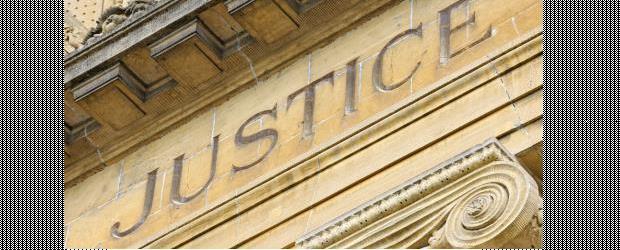The Supreme Court of Canada’s decision Thursday defined the boundaries of privacy in criminal law, but an expert says the ruling should be heeded by businesses and data privacy officers as well.
“I think this is part of a broader body of case law related to privacy that is going to be influential for other courts in determining when and under what circumstances someone has a reasonable expectation of privacy,” Halifax lawyer David Fraser said in an interview.
“So folks who are making decisions about, for example, deploying technologies, collecting information about customers [and] about employees, they are always having to ask themselves not just the strict compliance question if they’re subject to privacy statutes, but they also should be asking themselves, ‘What impact will this measure have on privacy?’ And this decision helps add additional dimensions to it.”
“I would not be surprised to see this case cited when it comes to privacy torts,” meaning the common law right of privacy.
Most Canadian courts already recognize a new tort called ‘intrusion upon seclusion,’ he noted. This is the concept that people have a common law right to seclusion where provinces don’t directly recognize invasion of privacy.
Thursday’s decision in the case called Jarvis could help a court decide a civil suit for intrusion upon seclusion, he said. Previous decisions suggest the intrusion has to be highly offensive to a reasonable person. The framework in Jarvis could help define that.
Briefly, the Jarvis case dealt with an Ontario teacher charged with voyeurism for secretly videotaping images of the upper bodies, including the breasts, of students in the hallways classrooms of his school with a video pen. He was acquitted at trial when the judge found there wasn’t enough evidence to prove the recordings were made for a sexual purpose, as required by law. An appeal court upheld the decision, on the grounds that the girls had no reasonable expectation of privacy in a school.
The Supreme Court overturned that — although for different reasons — and convicted the teacher.
In doing so the majority of the court noted privacy has several elements including the location the person was in when they were she was observed or recorded, awareness of or consent to potential observation or recording, the manner in which the observation or recording was done, any rules, regulations or policies that governed the observation or recording, the relationship between the person who was observed or recorded and the person who did the observing or recording, and possibly other factors.
“In this case,” the court said, “when the entire context is considered, there can be no doubt that the students’ circumstances give rise to a reasonable expectation that they would not be recorded in the manner they were. In particular, the subjects of the video recordings were teenage students at a high school. They were recorded by their teacher in breach of the relationship of trust that exists between teachers and students as well as in contravention of a formal school board policy that prohibited such recording.”
What’s notable, Fraser said, is that the court said privacy is not an either-or situation — you have an absolute expectation of privacy in these places, but not over there. Privacy, the court said, is highly contextual. And there is a subjective element: One has to take into account the impact on the individual.
The decision also makes an inference on the impact of technology, Fraser said. So a person may reasonably expect another can look at them, but not be photographed. “The recording changed the calculus in this particular case.”
Extend that reasoning to a workplace, Fraser said, and perhaps employees could challenge a firm’s installation of a video camera to monitor staff when assessing a reasonable expectation of privacy. It might be reasonable to be watched from time to time by a manager, but not constantly by a camera.
The Jarvis decision also raises the importance of considering the purpose of a recording or monitoring technology, Fraser said. The initial purpose may be for security, but there are examples of employees using the cameras “for pretty creepy purposes.”
Fraser, of the McInnes Cooper law firm, said the court also noted an individual can attenuate an expectation of privacy, but it can’t be extinguished.
Courts have dealt with a number of expectation of privacy decisions, he added. One involved a school where the IT department discovered a teacher had stored “sketchy” photos of students on his laptop. The teacher argued his privacy had been invaded, but the court rejected that, noting the laptop was owned by the school board.
“There is always some expectation of privacy,” said Fraser, “the question is how much.”
